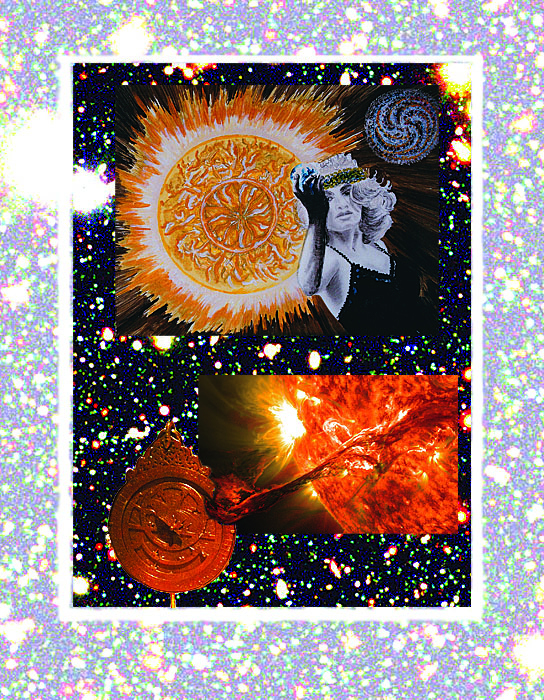
The Shaman and the Sky
We all belong to a tradition of thought that is, by definition, secular and humanistic. Since at least the Enlightenment, science has tried to steer clear of the ultimate questions: Why are we here? Why was the Universe created? Is there existence after death?
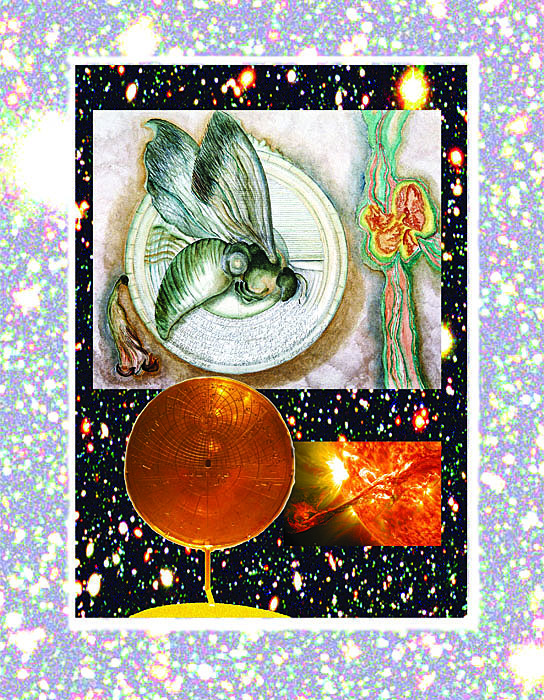
Earth Mother, Sky Father
After perhaps existing as nomadic hunter-gathers for 2 million years, our ancestors began to experience a vast change in lifestyle about 10,000 years ago. For the first time, humans constructed permanent settlements-towns such as Catal Huyuk in what is now Turkey and Jericho in the Middle East. No longer would we nomadically follow the herds and depend upon our hunting prowess for survival. Perhaps triggered by climate change, this transition from the Paleolithic (Old Stone Age) to the Neolithic (New Stone Age) may have been the greatest lifestyle modification thus far in human history or prehistory.
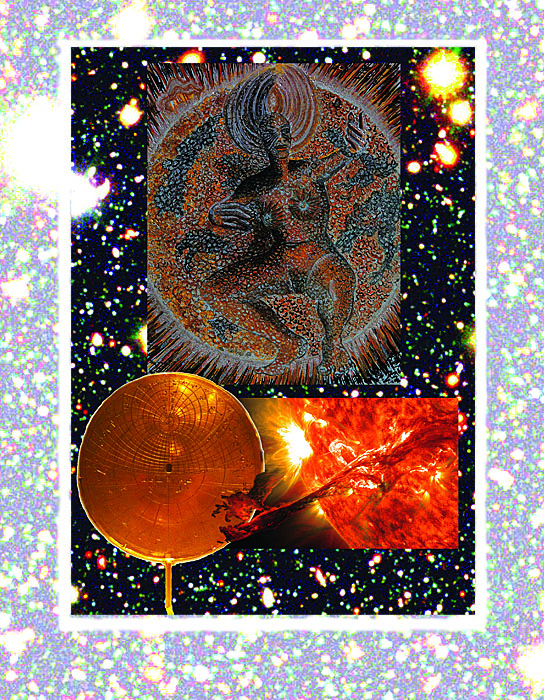
Wandering Sky Gods
t's 1000BC, roughly 3000 years ago. Things have changed in the civilized world. The Bronze Age is fading, to be replaced by the time of Iron. Armies strive across portions of the Near East and the Aegean. Trojans and Greeks have indulged in their civil war. Hebrews and Philistines strive for control of a small section of land bordering the Mediterranean Sea. Aryans now control the Indus Valley and the caste system is emerging in India.
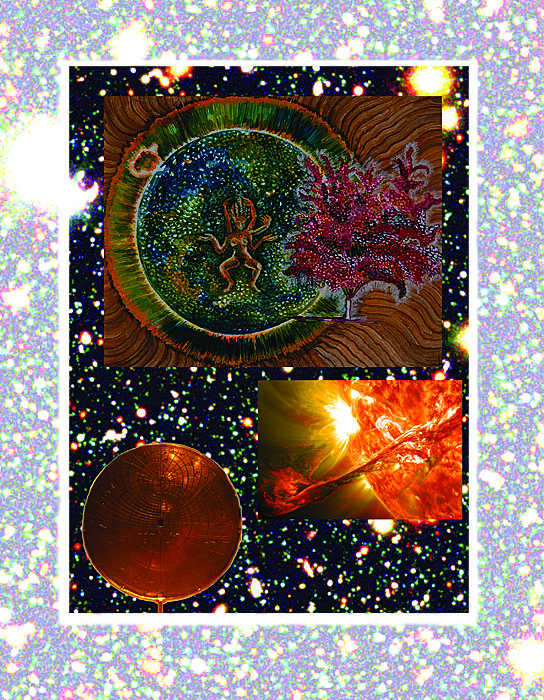
Medieval mysteries
It's the year 415 AD. To many observers, the events that transpired in sunny Alexandria must have seemed to foretell the most severe winter that one could imagine. This was indeed the autumn of the classical world. Bands of savage barbarians wandered the formerly safe streets of ancient cities; the new belief of Christianity warred with pagan humanism. All was in flux through the great Roman Empire.
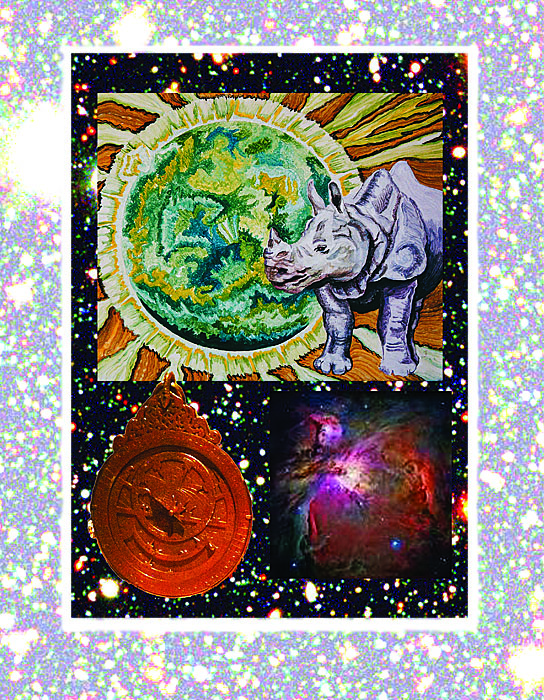
Of neurons, tubules, and molecules
Science confronts the "hard question": What is consciousness?
Can we pin consciousness down?
In this chapter, I will take on the challenging (if not impossible) task of attempting to pin down a definition for consciousness. Many students of the subject would define this as an attempt to solve the "hard problem". Consciousness is the most basic thing in the world_all of experience, all our internal thoughts and emotions relate to it. Probably, more has been written about consciousness than any other subject. And yet, like Walt Whitman's Eidolons (a Greek word defining "spirit images", consciousness is a phantom concept. As soon as you think you have defined it, it playfully slips from your grasp.
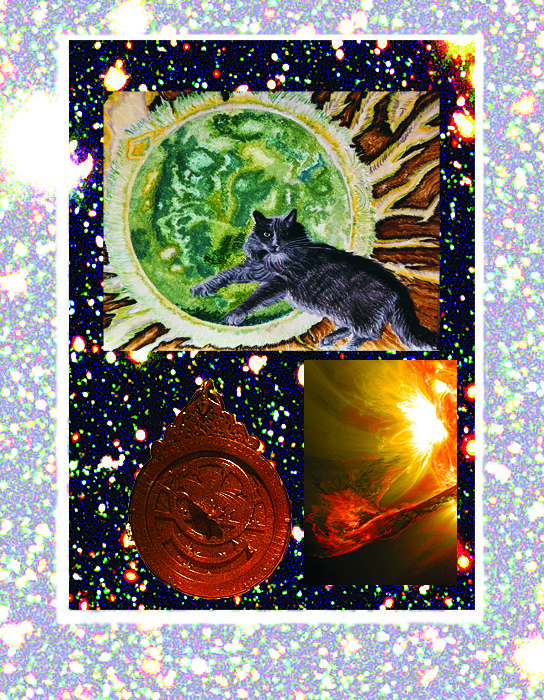
Consciousness and quantum mechanics
In the early 20th century, we lost forever the comfortable, mechanistic world of Isaac Newton. The clockwork models of classical mechanics, which had dethroned Earth from a central position in the Universe, were themselves replaced by the strange, counterintuitive theories of relativity and quantum mechanics.

The Uri Geller affair
Most scientists work hard to insure that their experiments are as objective as possible. But when you work with human subjects in the real world, strange and unexpected things may happen. One reason for this is the human desire to "dance and sing" and to "swim in wine" rather than mud. It must be realized that in competitive, capitalist society, people will be tempted by possibilities of self-advancement, even those people who have been acclaimed as talented psychics.
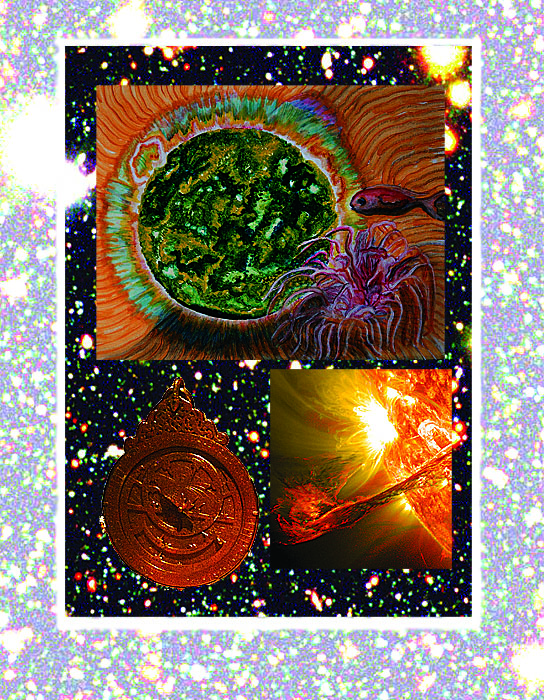
Gaia and her sisters
For thousands of years, civilized humans had treated their environment, our planet, almost with disdain. Yes, they could grow crops on its soil, draw water from its lakes, pasture their herds on its prairies, and draw countless fish from its oceans. They treated our world as an infinite source of riches and an infinite sink for untreated sewage and other pollution. After all, didn't many of the holy books state that humans have divinely been granted dominion over the Earth and all nonhuman forms who dwell within her?

Fictional bright stars: The author and the poet look at stellar and universal consciousness
The poet and the Cosmos
In his brilliant essay "the last magician," Loren Eisley quotes an essay of Emerson comparing the poet with a lightning rod. It is a nice analogy. Like the lightning rod, a poet must project toward the heavens while remaining rooted in the damp soil of the natural world. As has been speculated in an online essay about Sappho, one of the earliest lyric poets, poetry might have originally been a form of magic. By manipulating the words in a poem, the poet might gain some control over the object or subject described in that poem. Unfortunately, not much of Sappho's work has survived and it is difficult to ascertain her thoughts on stellar and universal consciousness.

A visionary named Olaf
Olaf Stapledon (1886-1950) certainly "dipt into the future" and glimpsed as far into the depths of time as is possible. His full name was William Olaf Stapledon. He earned B.A. and M. A. degrees from Balliol College, Oxford. After a brief stint as a teacher in Manchester, Stapledon worked as a shipping agent in Liverpool and Port Said from 1910 to 1913, A conscientious objector during the First World War, he served with the Friends Ambulance Unit. After receiving a Ph.D in philosophy in 1925 from the University of Liverpool, he published his first book in 1929 on the subject of ethics.
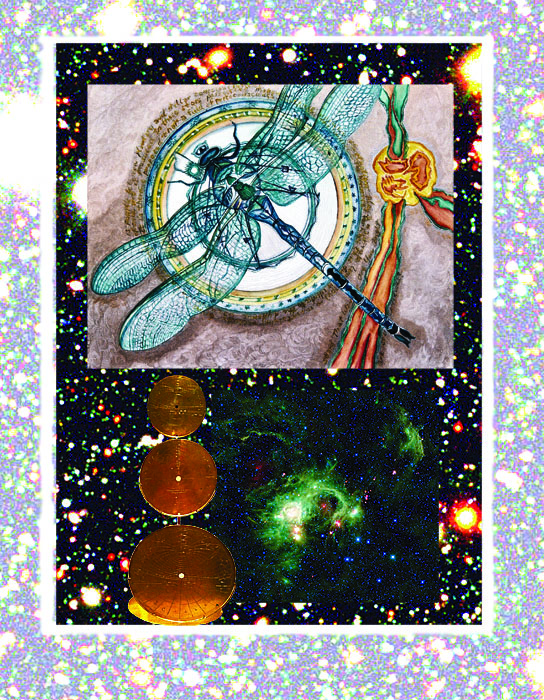
Stellar dreams in sci fi
In the years following World War 2, a new generation of science fiction writers began to examine humanity's place in the Universe and other possible seats of consciousness. At least a few of them and their successors composed special words for the Sun and stars.
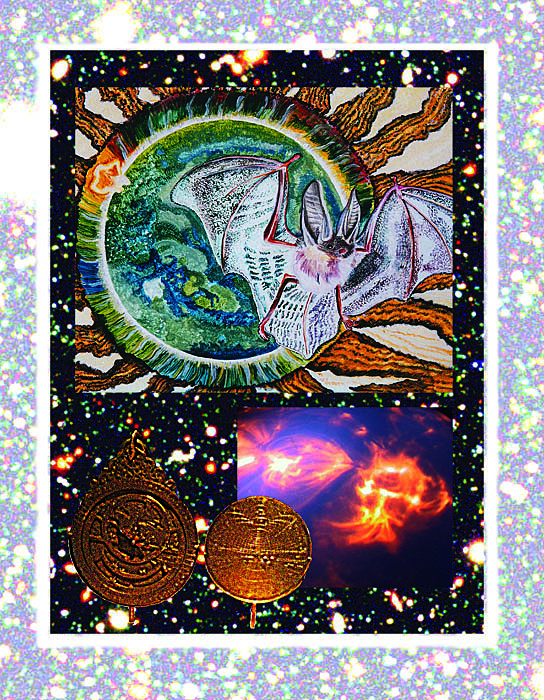
The astronomer's search The astronomy and astrophysics of stellar and universal consciousness. What is the evidence?
A dark mystery
Walt Whitman would probably approve of the arguments presented in this book for stellar consciousness. We have examined the history of the concept from the viewpoint of the mystic, the shaman the astronomer, the philosopher, the poet, and the novelist. However, he would likely be uncomfortable with the necessity of attempting to move this concept from the realm of mysticism and fiction to the realm of speculative science. But, such an attempt is necessary in the modern world. I will do my best to keep the equations, charts, and tables to a minimum. If you have experienced secondary school physics, you should be able to follow the arguments. But, just in case, I have included some review concepts and conversions in the Appendices
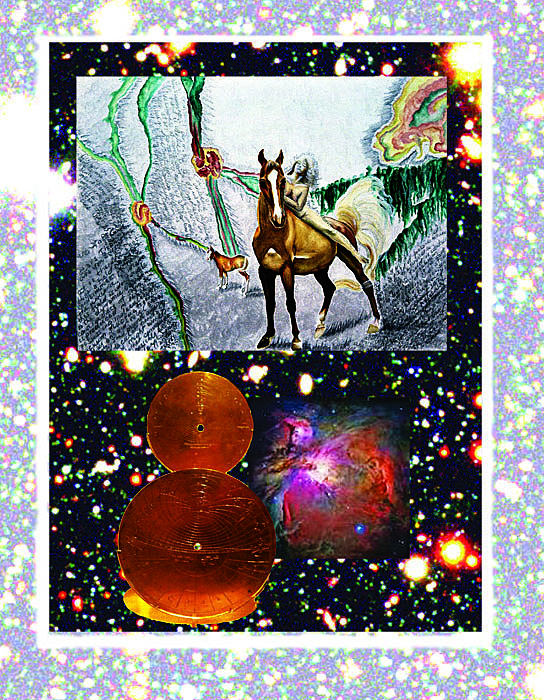
A kinematics anomaly
As I discussed in the "Introduction," I did not enter this research process anticipating that Olaf Stapledon's concept of stellar volition would have any observational support. But I was wrong! At least in the Sun's galactic vicinity, those stars that are cool enough to have molecules move on average a bit faster than their hotter cousins in their orbits around the galaxy's center. Perhaps the sandals on the feet of the Herdsman are not bound uniformly!
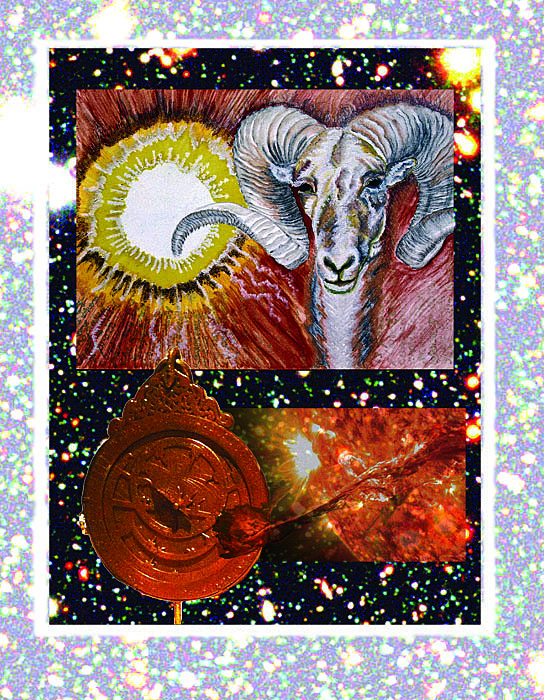
The volitional star hypothesis
I do not expect that the hypothesis proposed here-that stars are volitional-will trample any empires. Nevertheless, it is not beyond the realm of reason that this dream of Olaf Stapledon, presumably derived at pleasure, can help alter the existing paradigm of the role of consciousness in the Universe. The hypothesis will be presented and examined as a series of axioms.
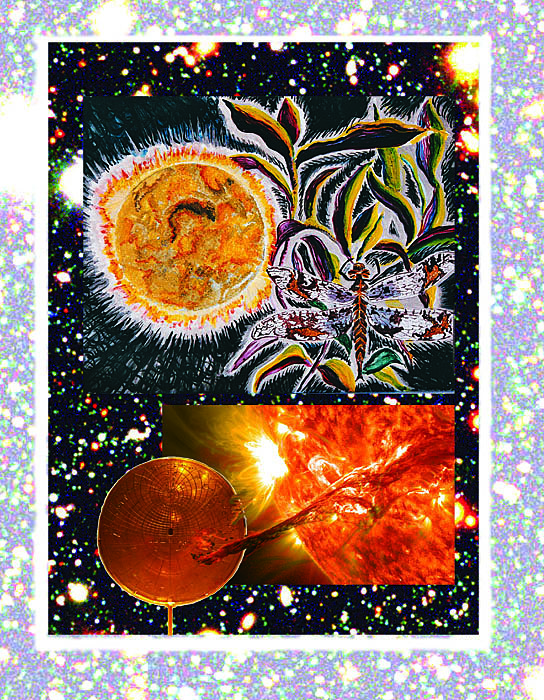
Stellar jets and psi
If stars are in some sense volitional and if this is at least a partial solution to the kinematics anomalies posed by dark matter and Parenago's discontinuity, how might a conscious star adjust its galactic orbit? This is the subject of this chapter.
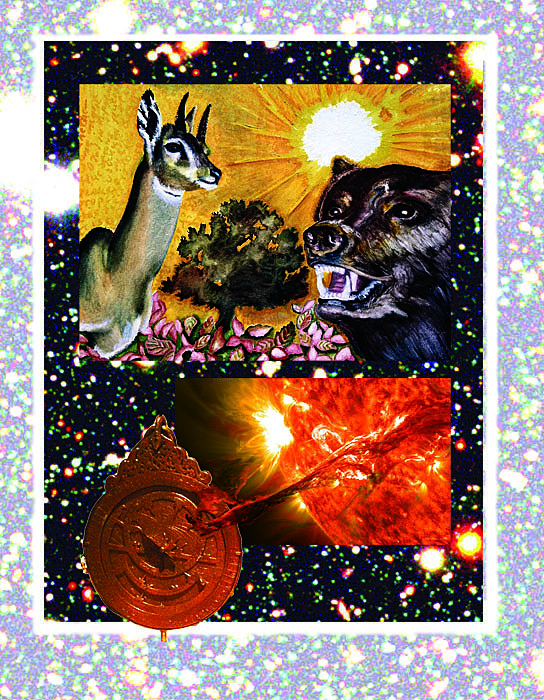
Of publishing and blogging
For centuries, the people of Earth have passed knowledge down to their descendants and commented on this knowledge using the medium of paper. Today, this has completely changed. Nowadays, alterations to global consciousness move a great deal faster. The emergence of the blogosphere is perhaps the most revolutionary improvement in the rate of information transfer in five centuries. For better or worse, it promises to alter the rate at which new concepts are embedded in human civilization's thought processes.
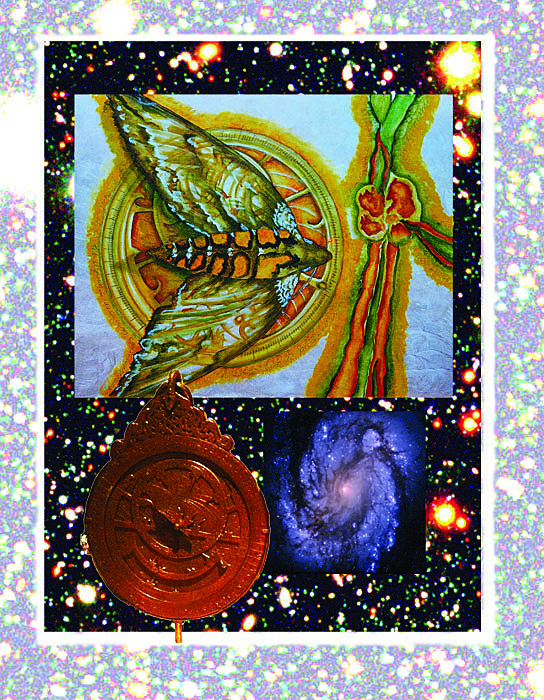
Spiral arms: An alternative hypothesis
The role of science is not to blindly accept new concepts, no matter how well they are crafted and presented. The development of new explanations to explain physical phenomena constitutes the deductive aspect of physics. Deduction must be balanced and checked by induction (verifying theoretical predictions by observation and experimentation).
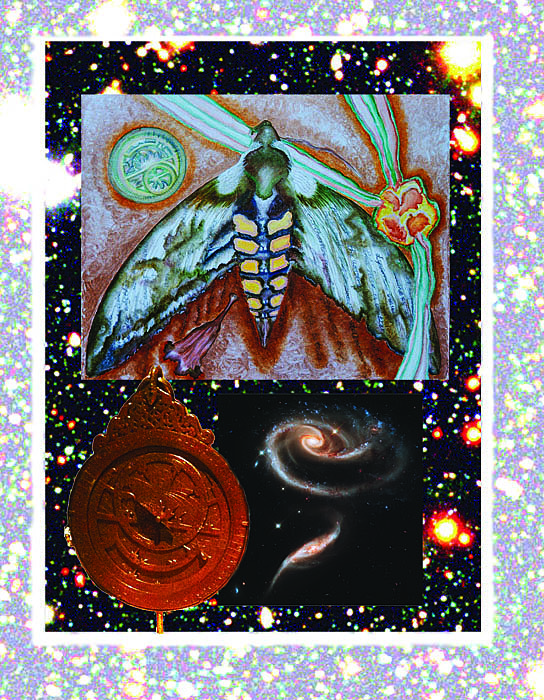
Spiral arms: Not supported by observation
For a scientific hypothesis to advance to the stage of becoming a successful theory, it must pass two tests. First, it must be reasonable. Second, it must be verifiable by all observers or experimenters, whether they are true believers or skeptics. In this chapter we investigate whether the spiral arm hypothesis shows promise to be accepted as scientific true wisdom.
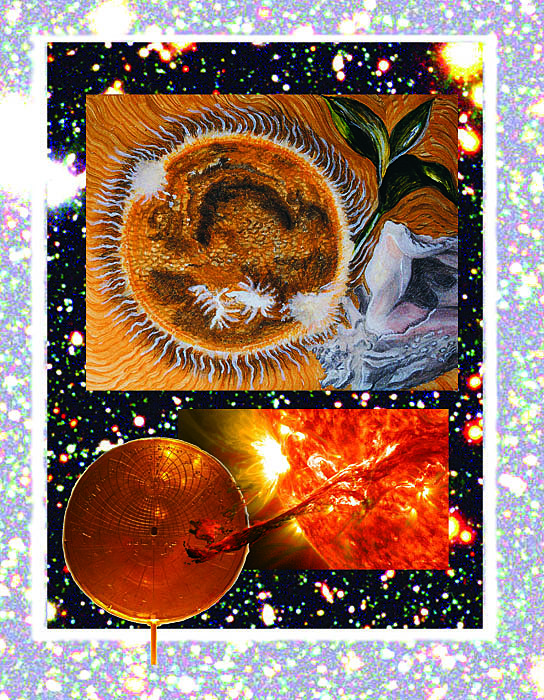
A telescope named Gaia
In the early 21st century, the role of the "poet's eye" is played to a certain extent by space telescopes. Launched from Earth, these highly crafted mirrors plumb the depths of the heavens. What they see is given shape and name by the mortal terrestrials ho manage them. It is not impossible that they will discover new habitations for consciousness, that most tenuous substance in the Universe.
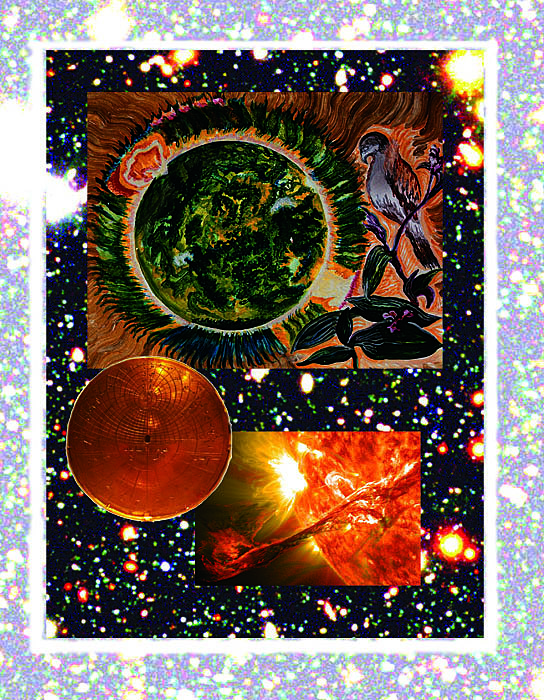
Observational/experimental panpsychism
Today's scientists have tools a bit more sophisticated than those of Lewis Carroll's Snark hunters. With new instruments like the space telescope Gaia, observational astronomers can hopefully begin to move panpsychism-the doctrine that everything is, to some extent, conscious-from deductive philosophy to science. However, an attempt was made to preform this feat several decades ago.
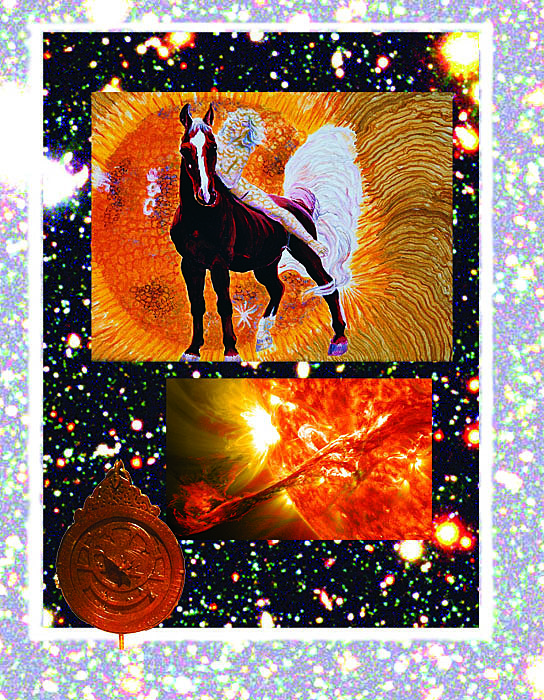
Can we talk?
The basic thrust of this book is the search for kinematic aspects of stellar consciousness. These would require only a very primitive form of self-awareness among the stars, a herding instinct similar to that of the slime mold amoeba.
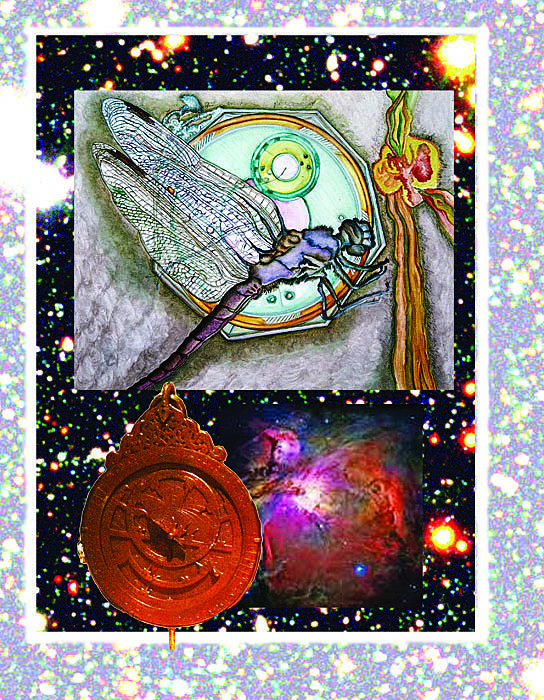
Is the Universe conscious? Might it become conscious?
What we have been discussing could be the mere tip of a celestial, universal iceberg. It is possible that the entire Universe, not merely stars and biospheres, is conscious? Is it possible that the Earth, ocean, sky, Sun, and stars are all connected in a universal totality?
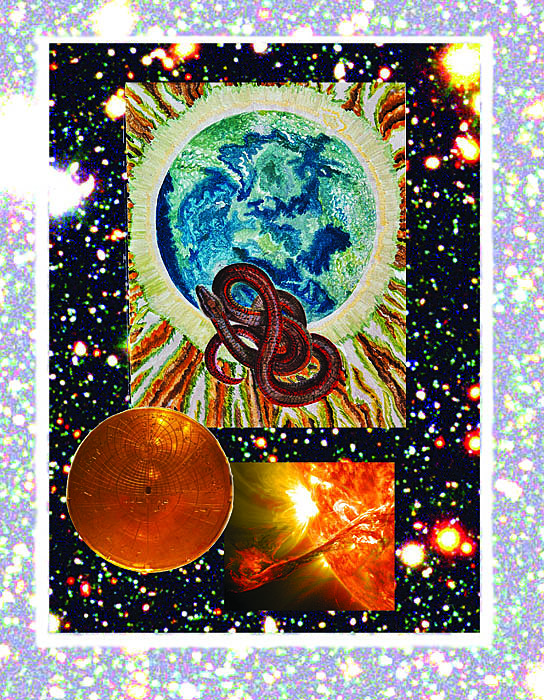
Expanding paradigms
When anomalies reach a certain level, the requirement for radical change in scientific paradigms becomes unmistakable. In an August 2004 report to the U.S Air Force Research Laboratory dealing with the physics of teleportation, my friend and colleague Eric Davis discusses the history of previous paradigm modifications in the discipline of physics.